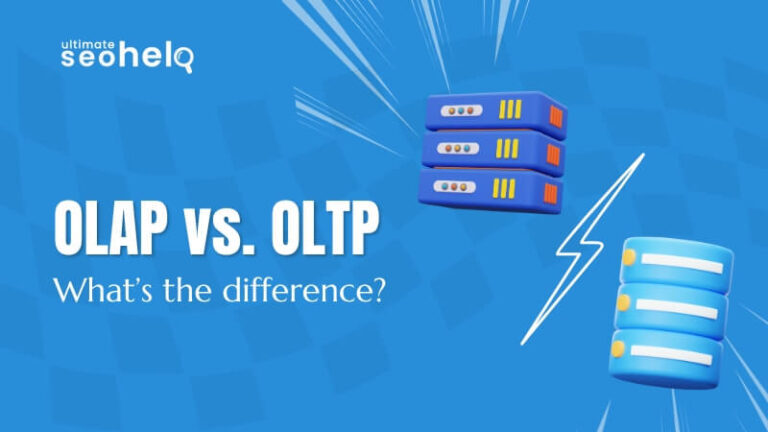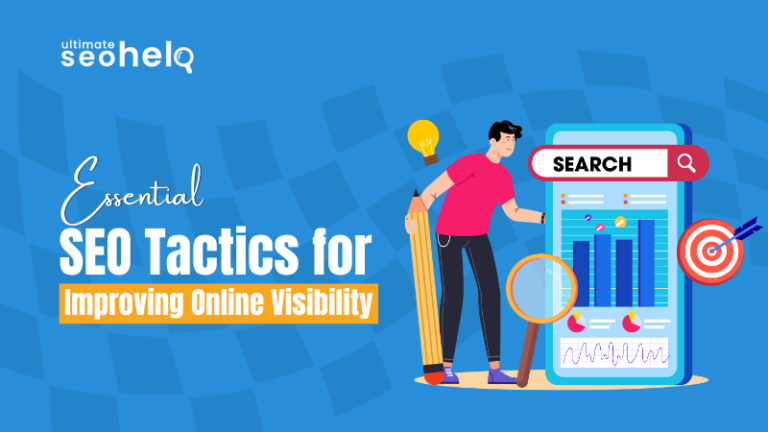Do you know what the most crucial thing in this digital world is? No? Well, it is data. Data is the core of how businesses operate. Everything is backed by data systems, whether booking a flight, making an online purchase, or analyzing sales data. These data systems help businesses store, process, and analyze information.
This is where OLTP and OLAP come into the picture. These two systems play a significant role in overall data processing. If you know little about these two, then you must know that they sound pretty similar, but they are not. So, what are they, and what is their purpose? In this blog, we will explain to you the core difference between OLTP vs OLAP, how they work, and why they are essential for businesses.
What is Online Transactional Processing (OLTP)?
If we break down this complex term, then it would go like this. OLTP is primarily designed to handle daily real-time transactions. These transactions include everything, such as buying something online or transferring money through a bank app.
To be more precise, the prior goal of an OLTP system is to process any transactions quickly and effectively. This helps the user to complete their tasks without delay. Let’s understand online transactional processing (OLTP) with a few examples to get better clarity on this.
Example of an OLTP:
- Online banking: In online banking, the OLTP system updates your account balance instantly after any transactions.
- Airline bookings: When you book a flight, the OLTP system handles the availability of seats, processes your payment, and generates tickets.
- E-commerce websites: When you buy something from Amazon, OLTP checks if the item is in stock, processes your payment, and confirms your order.
How OLTP works:
OLTP systems are optimized to handle small, fast transactions that need to be updated in real-time. They have been optimized to execute thousands of small, tiny operations per second. Each transaction is a minor update to the database. Whether it is changing a bank balance or confirming an order sent in through an online website, it is essentially a tiny update to the database.
What is Online Analytical Processing (OLAP)?
Now you know what the OLTP system is used for, but what is OLAP? Online Analytical Processing (OLAP) is solely designed for data analysis. It helps businesses make sense of their large amount of data instead of focusing just on real-time transactions.
OLAP helps analyze large amounts of past data to help inform decisions, such as figuring out sales records or customer behavior. It is done to trends and patterns that can help companies make informed decisions. Again, we are going to take help from a few examples to understand this system better.
Examples of an OLAP:
- Sales analysis: the OLAP system can help analyze sales data from the past year to figure out which product is mainly sold and during which months.
- Market research: Businesses use this system to analyze the demographics of customers and their buying behavior to improve their marketing strategies.
- Performance dashboards: OLAP tools like Power BI or Tableau can help companies visualize data from various sources to generate customer insights.
How OLAP Works:
OLAP systems collect a large data set and try to find patterns, trends, or insights in the data. Companies can examine data from any number of aspects, such as what is happening in sales performance among different regions or how customer behavior keeps changing over time.
What is the difference between OLTP vs OLAP?
Although OLTP and OLAP both work with data, their purposes and functions are entirely different. They are both different but still complement each other in order to create an effective data system. So, let’s dive deeper into their fundamental differences:
Main Purpose
OLTP focuses on real-time transactions such as payments, booking tickets, or updating bank accounts. In comparison, OLAP focuses on analyzing large amounts of data to provide patterns, trends, and insights for better decision-making.
Data Type
OLTP handles current, real-time data and ensures that every transaction is up to date. On the other hand, OLAP handles historical data and often takes a longer time to help companies analyze and predict future trends.
Speed
OLTP is dependent on speed, handling thousands of transactions per second. Meanwhile, OLAP takes longer to process because it is analyzing massive datasets, which demands more time and resources
User Type
OLTP is mainly used by end-users such as bank tellers, online shoppers, or ticket-booking agents. On the other hand, OLAP is primarily used by analysts, managers, and decision-makers who need insights to make strategic decisions.
Database Design
Online transactional Processing (OLTP) databases are highly structured and normalized to ensure quick transactions. OLAP databases are denormalized to allow faster querying and analysis.
Examples
You buy shoes online, and the OLTP system processes your payment, updates the inventory, and confirms your order. Whereas OLAP helps analyze last year’s sales and concludes that shoes sold more in summer. So, the business has decided to stock more shoes next summer.
How do OLTP and OLAP work together?
OLTP and OLAP systems work hand in hand when it comes to overall efficiency. Businesses need both systems to be successful. This is how they complement each other:
- OLTP systems manage the company’s everyday operations. It deals with those transactions that keep the company running. For instance, there are those sales transactions or inventory updates.
- OLAP systems analyze data that OLTP systems generate. Once the transactions are done, OLAP can then analyze that data to find patterns and trends that may help businesses make better approaches.
For instance, an e-commerce store may use OLTP to manage all its sales online in real time. Then, the company uses OLAP to find trends within that sale data, understand customer preferences, and plot marketing campaigns based on the analysis.
Conclusion
It doesn’t matter if you are just a small online business or a large corporation. These systems are the backbone of how companies process and analyze data. Long cut short, OLTP focuses on handling real-time transactions, ensuring smooth day-to-day operations. At the same time, OLAP analyses previous data and figures to uncover insights and patterns for strategic decisions.
You must keep in mind that both serve a distinct purpose. OLTP manages current tasks, and OLAP aids in future planning. Both systems are crucial for modern businesses. Together, they enable companies to maintain efficient operations in the present and make well-informed, data-driven decisions for the future.
















